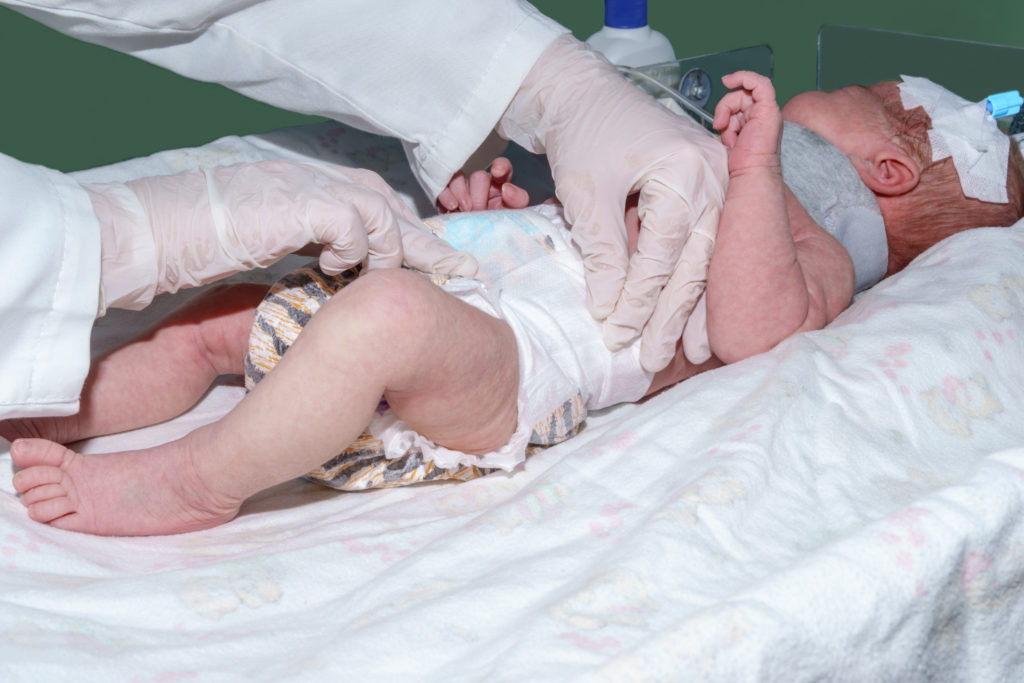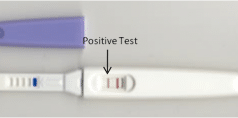
Birth injuries refer to physical damages to babies during or near the time of birth. Birth injuries can result in temporary effects or, in worst-case scenarios, in more permanent that last a lifetime. Since birth injuries differ from one infant to another and symptoms can range from mild to severe, one should closely watch for possible symptoms of birth injuries that might otherwise remain undetected.
For this reason, parents and infant caregivers should be well-informed about birth injuries to help in monitoring a mother’s pregnancy. In this way, they’ll easily notice the signs of a birth injury so that a professional can be alerted to provide the necessary interventions as soon as possible or take legal action if necessary. Moreover, parents will be more enlightened in this recent post and immediately ask for birth injury caregiving services.
If you’re expecting a baby, here are some of the more common types of birth injuries that you should know.
Caput Succedaneum
In many difficult deliveries, infants experience head malformation or swelling around the skull. This is a sign of birth injury called caput succedaneum, often caused by pressure from the uterus or vaginal wall during labor. One indicator is a cone-shaped head due to edema (swelling), another is a lump or a bump on the baby’s scalp shortly after birth.
This is not a life-threatening condition and disappears after a few days. However, the infant may be at risk of jaundice. If jaundice is managed improperly, it can develop into kernicterus, a type of brain damage that can include hearing impairment, cerebral palsy, and other disabilities.

Clavicle or Collarbone Fractures
A fracture of the infant clavicle or collarbone can happen during breech deliveries. When the baby rarely moves the arm and shoulder, this is often an indication of where the break is located. There are also other observable symptoms of a fracture in the clavicle or collarbone.
For instance, the baby may feel pain when lifted or grasped under the arms. The baby may be fussy or cries when moving an arm due to pain in the clavicle. At the same time, the baby may not move the affected arm or may tend to favor or to move one arm more than the other.
Fortunately, since new bone forms during the clavicle in the first 10 days, most babies recover from this type of fracture.
Brachial Plexus Palsy
Also known as Erb’s palsy, this disorder of the brachial plexus happens when parts of the arm are weak or paralyzed. When a shoulder or arm is stuck on the mother’s pelvis during delivery, freeing the shoulders by tilting the infant’s head can damage the brachial plexus nerves. Brachial plexus palsy can also result from a clavicle fracture.
Parents and infant care providers can actively help a baby recover and attain maximum function of the affected area. With daily physical therapy exercises, infants can recover feeling and movement.
Facial Nerve Palsy
Infants can suffer from damage and pressure on the facial nerve before or during birth. This can result in loss of voluntary muscle movement in the face. To avoid facial nerve palsy, medical professionals should follow safe birthing guidelines in the use of birth assisting tools such as forceps. Facial nerve palsy can happen when forceps aren’t used or are used improperly.
There are observable indicators of facial nerve palsy. For instance, an eyelid may not close. The area below the eyes may appear uneven when the baby cries. In more severe cases, one side of the baby’s face from forehead to chin may show no movement (paralyzed).
Medical interventions include:
- Eye protection and ophthalmologic evaluations
- Surgery for aesthetic concerns
- Surgery for relieving nerve pressure
- Speech therapy
- Physical therapy
Cephalohematoma
During birth, when a blood vessel wall of a baby’s skull bone is injured and collects blood outside the blood vessel, this is called infant cephalohematoma, a blood clot in the periosteum. This condition is said to affect 1% to 2% of live births.
This blood clot can be caused by trauma such as pressure applied to the baby’s head during the birthing process. For instance, the use of a vacuum extractor or forceps during delivery can rupture the capillaries and result in a collection of blood fluids. Aside from forceps use, other risk factors of cephalohematoma are:
- First-time pregnancy
- Infant’s head is bigger than the mother’s pelvic region
- Difficult and prolonged labor
One of the observable symptoms of facial nerve palsy is the loss of voluntary muscle movement in an infant’s face.
Hypoxic-ischemic Encephalopathy (HIE)
When the infant’s brain is deprived of blood and oxygen during and after birth, there’s a likely chance of hypoxic-ischemic encephalopathy (HIE). This condition is said to happen in 60% of premature baby births. Parents and professionals should be aware of the observable indicators of HIE.
Takeaways
Regardless of circumstance or environmental conditions, a pregnancy can end in a successful birth, a stillbirth, or a birth injury. Awareness of the different types of birth injuries can help you note some observable indicators so that you can help and ensure better care, timely prevention, and appropriate intervention.








